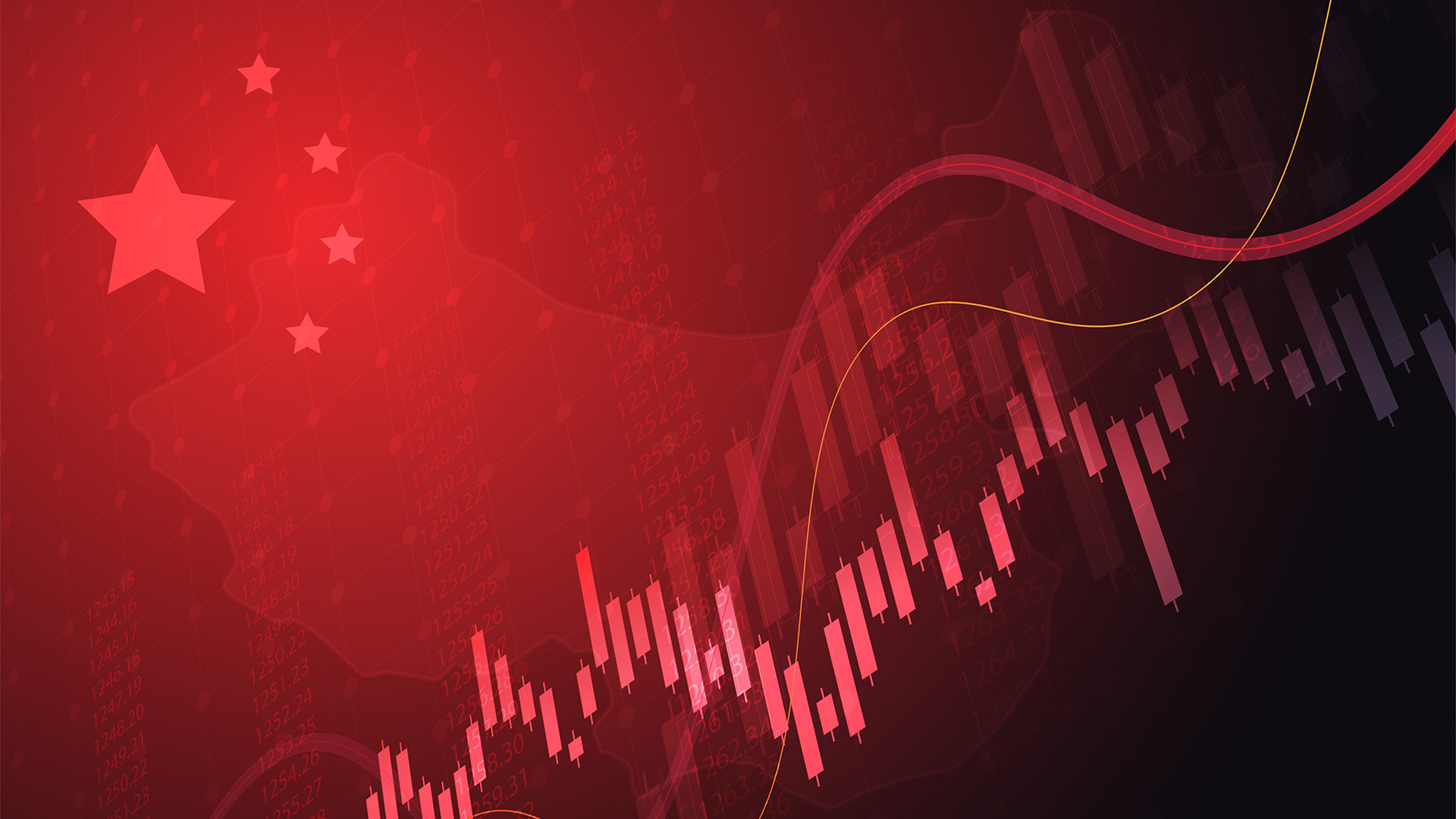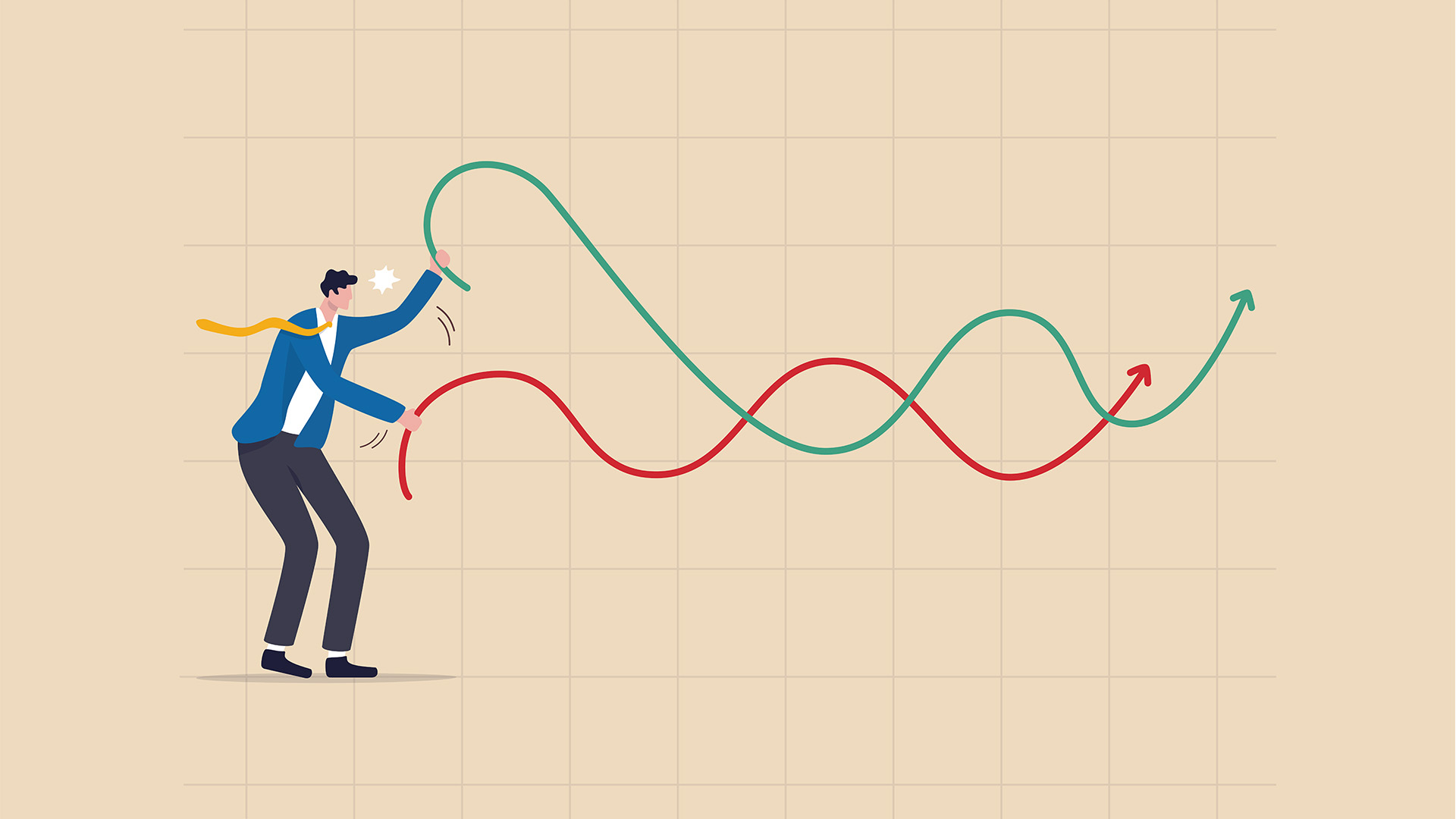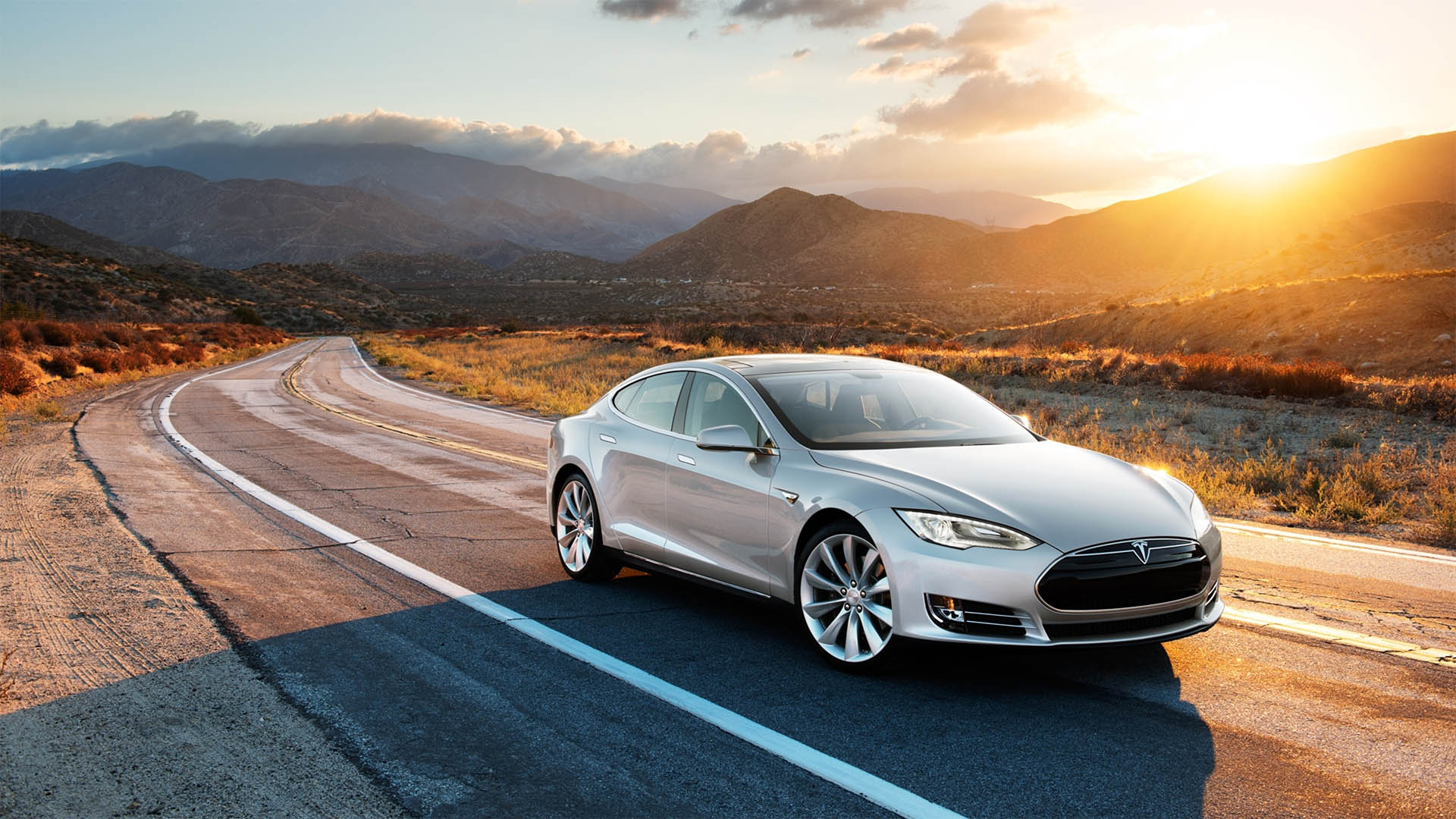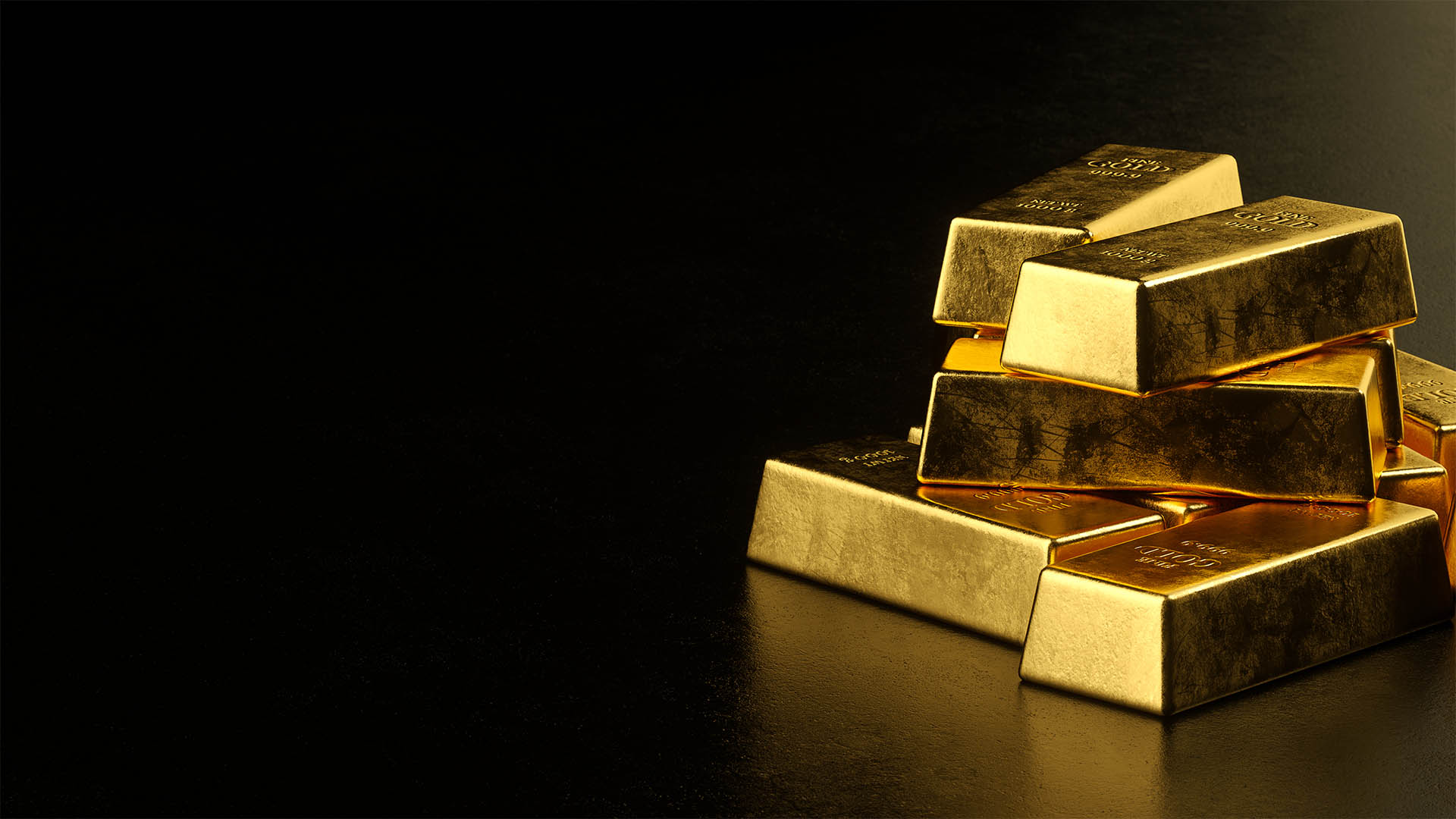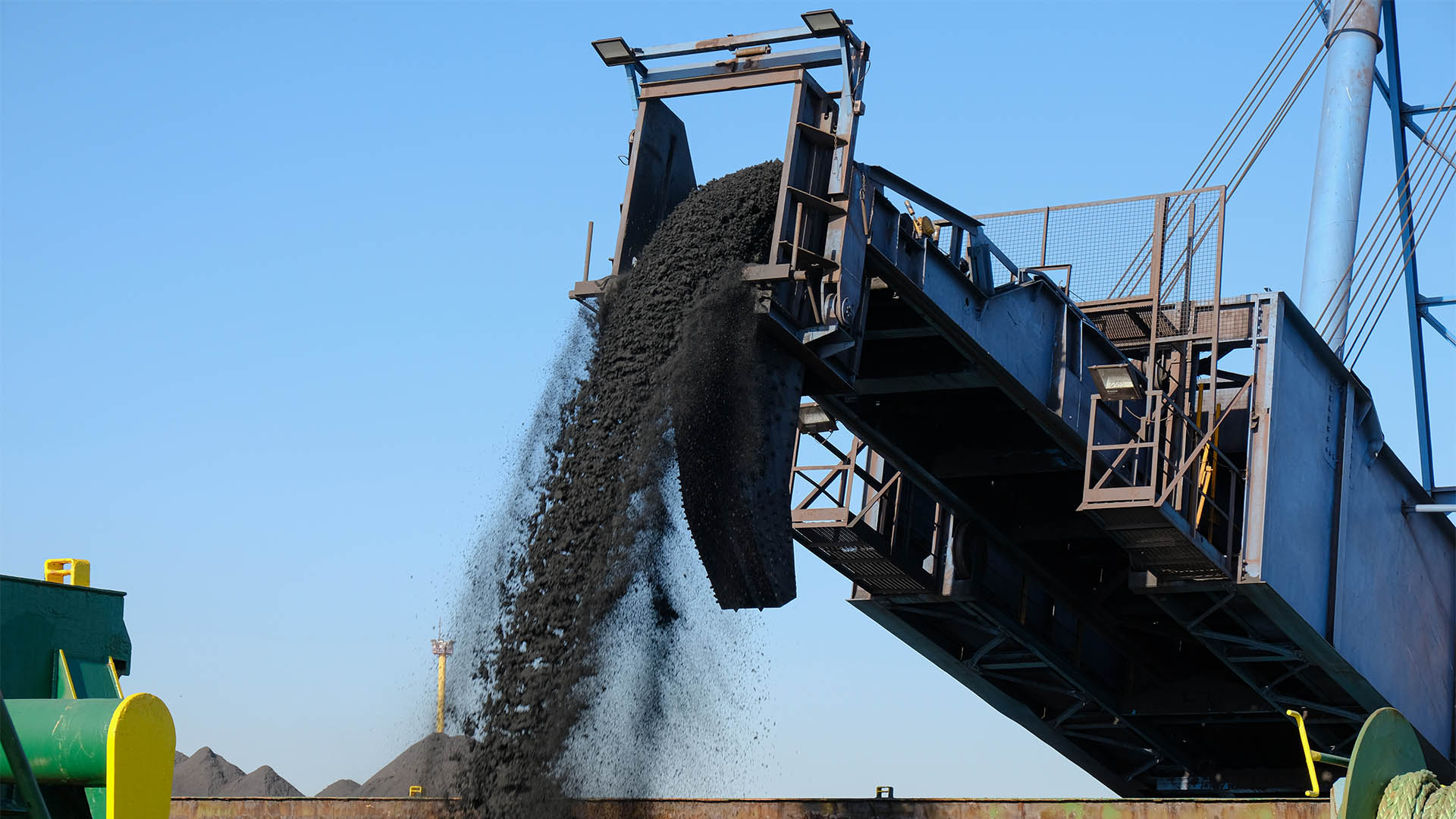On the face of it, China’s first quarter GDP reading of a 4.8% annual growth was OK, but look deeper into the report and the real story of China’s drooping economy emerges in the weak quarter on quarter GDP figure and the sharp contraction in retail sales in March.
The underlying weakness though makes it hard to understand why China’s central bank failed to cut a key interest rate on Friday as expected and only trimmed the key reserve ratio for banks by 0.25% instead of the normal 0.50%.
That cut will only pump around $US85 billion into the financial system, until the $US175-$US180 billion (depending on exchange rates) from two cuts in 2021 – the latest in December which had little impact on growth and demand.
The cuts in 2021 helped relieve pressure on bad debt repayments but also came when the economy was much stronger than it is now without the damage Covid is doing to activity – especially among consumers which saw a sharper than expected contraction in retail sales – a key indicator of the slide in the overall economy.
Covid, especially in major cities and especially in Shanghai remains the major problem and is draining demand and bottling up output and exports. Car sales fell 11% in March from February when they jumped 18%, an early sign of the slide.
It’s no wonder the Chinese government is trying a pea and thimble trick to try and get some businesses to re-open in Shanghai this week – as early as tomorrow according to Reuters reports.
It will be in effect an attempt to ‘live’ with Covid in many areas of the huge city and its 26 million people – much like what is happening in the west, though official Chinese media deny that.
State media reported on Monday that unnamed businesses in Shanghai were ‘calling back’ staff. All businesses will be in what the Chinese government calls a ‘closed look’ but what others would describe as a bubble.
The 4.8% annual GDP growth rate might have been faster than the 4% in the final quarter of 2021 but the quarter-on-quarter growth sagged to 1.3% from 1.6% in the December period.
However, retail sales in March fell by a more-than-expected 3.5% from a year earlier. Analysts surveyed by Reuters forecast a 1.6% decline, a significant miss.
The month-on-month fall was the lowest since the depths of the first Covid wave in July, 2020 – and April is heading for a larger fall with cities and urban areas and villages under lockdowns across dozens of regions of China this month – Shanghai alone has seen a terrible collapse in retail sales since the start of the month.
Fixed asset investment for the first quarter rose by 9.3% from a year ago, topping expectations for 8.5% growth but was down sharply from 12.2% rate in January and February.
Industrial production in March rose by 5%, beating the forecast for 4.5% growth but down sharply from the 7.5% rate in January and February, a far better gauge than the doubtful market estimate.
Data from the National Bureau of Statistics shows a slowing in both manufacturing and utilities (especially electricity) production, while mining output rose as the state-charged boost to coal production continued.
The data showed a fall in automobile output (-1.0% vs 7.2%) and general equipment (-0.7 percent vs 5.0 percent). For the first quarter of the year, industrial output grew by 6.5% from a year earlier, sharply lower than the Covid-boosted 25.6 rise a year earlier.
“We must be aware that with the domestic and international environment becoming increasingly complicated and uncertain, the economic development is facing significant difficulties and challenges,” the statistics bureau said in a statement.
“We must coordinate the efforts of Covid-19 prevention and control and economic and social development, make economic stability our top priority and pursue progress while ensuring stability, and put the task of ensuring stable growth in an even more prominent position,” the statement said.
…………
The attempt to force a slow re-opening of some Shanghai businesses this week is a desperate attempt to divert attention away from the failure of the so-called zero elimination policy of President XI Jinping clearly to control and kill off the virus from the country’s major city and financial capital.
The new policy approach effectively hands over responsibility for controlling the virus in Shanghai to thousands of businesses who will now have primary responsibility for the control and monitoring of Covid cases – symptomatic and a symptomatic.
This will replace the local and national governments’ so far failed attempts to eliminate the omicron and other variants of Covid. The government will sit above business and hector and threaten to shut them down and worse if they do not take steps to control the virus.
Shanghai on Saturday reported 3,590 confirmed and 19,923 asymptomatic domestically transmitted COVID-19 cases, marking the ninth consecutive day that the city’s daily cases have exceeded 20,000. As of Friday, the city has recorded over 330,000 infections since the start of the current flare-up.
This outsourcing (via new government guidelines) is being played down by the government, according to the state-controlled Global Times’ report.
But other media reports suggest that the policy is aimed at producing a lot of fanfare for a partial re-opening on Wednesday.
“The guidelines stipulated that all district governments and authorities at different levels should actively support enterprises to resume operations and guide their epidemic prevention work using a case-by-case approach,” The Global Times explained.
“Authorities also need to provide supportive services, such as setting up nucleic acid testing stations to provide testing services, dealing with medical waste in a timely manner, and providing enterprises with epidemic prevention materials and essential items, the document stated.
“Enterprises are required to formulate their epidemic prevention and control as well as closed-loop management plans, which should be submitted to the municipal or district epidemic prevention and control authorities for approval. Those that cannot ensure safe epidemic prevention and safe production will not be allowed to resume production,” The paper’s report read.
So don’t be surprised if you read that the new policy sees the Tesla factory in the city allowed to re-open as fast as possible to produce a convenient headline in the west that the China is getting back to normal, but it is not.
The new policy towards re-opening of businesses in Shanghai from the Communist Party government is aimed at getting a lot of headlines very quickly without meeting the bottom line of President Xi Jinping’s zero elimination policy.
The Global Times explained the new approach in a story on its website on the weekend: “After entering so-called ‘static management’ in most parts of Shanghai for nearly three weeks, local authorities on Saturday issued the first edition of epidemic prevention guidelines for the city’s industrial enterprises to resume production. The purpose of the guidelines is to coordinate epidemic control efforts and social economic development.”
While the new policy comes from the “Shanghai Municipal Commission of Economy and Informatization (sic)” as the paper explained, it is clear this has been cleared at the top of the government in Beijing.
“The essence of China’s dynamic zero-COVID policy is striking a balance between epidemic control and normal life and economic activity. Shanghai, a megacity of 25 million residents and home to numerous businesses and factories, is in a crucial stage of exploring and probably redefining the delicate balance when restrictions are approaching a month, yet the inflection point has not arrived yet, an epidemic control expert told the Global Times on condition of anonymity.”
In other words, the governments’ attempts to control Covid in Shanghai has failed. (The ‘inflection point’ referred to is where Covid cases – both symptomatic and asymptomatic – start falling consistently.)
The Financial Times observed at the weekend “It’s as though the government of President Xi Jinping is scared to admit that the health of the economy is fading, thanks to the impact of the Ukraine invasion on external demand and inflation A 0.25 percentage point reduction was below market expectations and the People’s Bank of China (PBOC) said following the decision that the current level of liquidity is sufficient and the move is aimed at helping sectors hit by the coronavirus pandemic.”
“If demand is high, easing will allow companies to borrow and expand productively, but that’s not the problem in China,” said Michael Pettis, a professor of finance at Peking University. “There is little evidence of strong demand. Even before the last Covid outbreak, consumption was much lower.”




